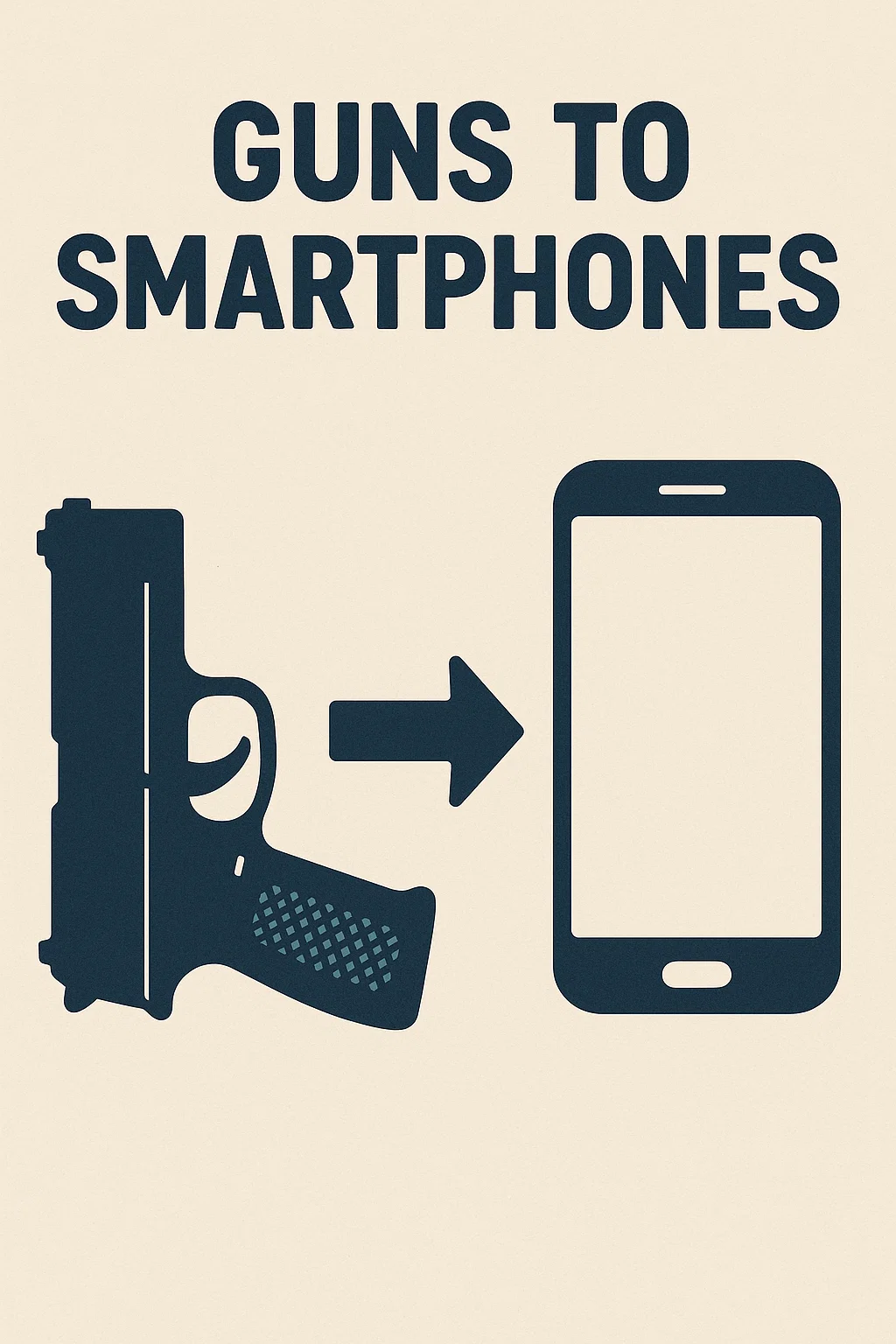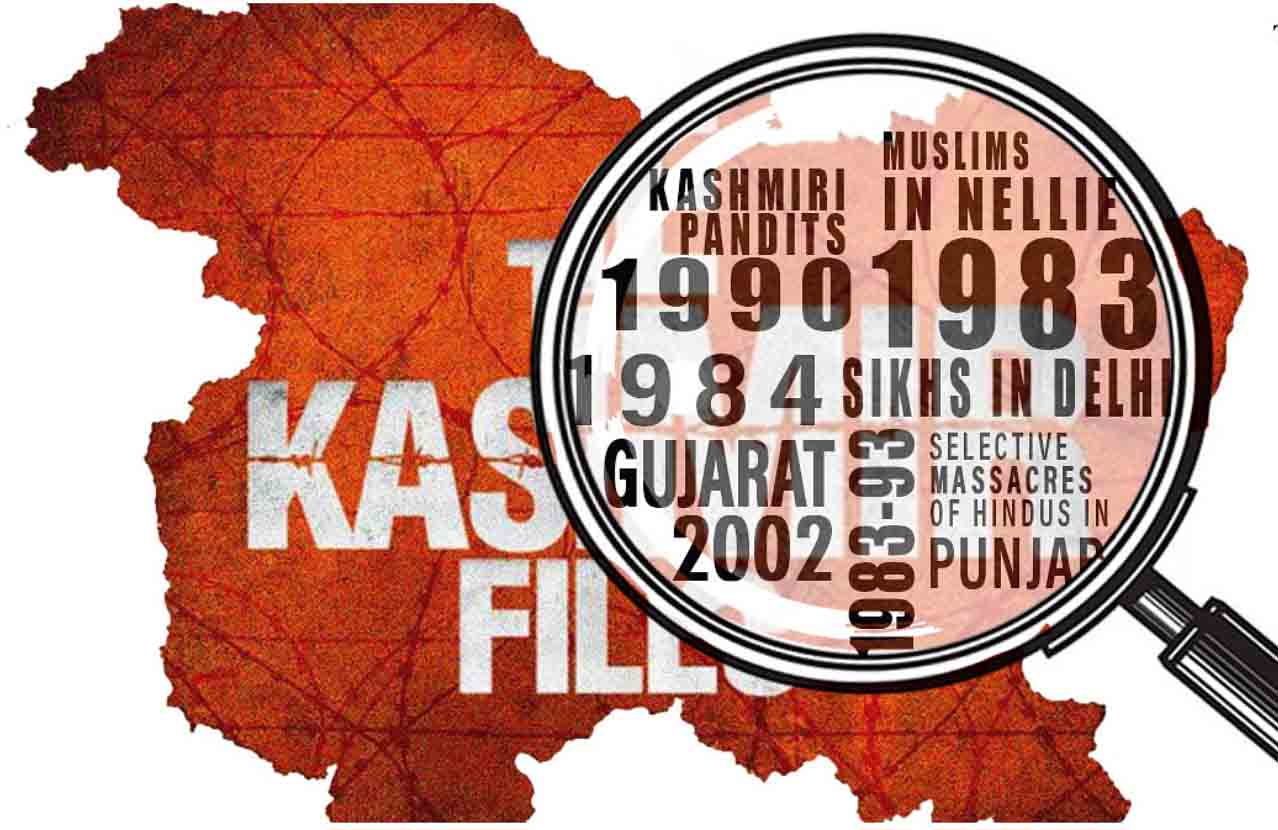The Devil in Every Hand: How Smartphones Fuel Immorality, Violence, and Addiction
By: Javid Amin | 16 September 2025
A Valley in Transition, A Generation in Turmoil
Kashmir has always been a place of paradoxes. A land of unmatched beauty, poetry, and prayer, yet shadowed by decades of conflict. Its history is soaked in resilience. But now, the challenge is not just about politics, militancy, or economics. It is something more intimate, more silent, and more dangerous—an internal collapse of generations.
The weapons may have changed. Guns that once dominated the Valley are no longer the biggest threat. Instead, smartphones—seemingly harmless, glittering devices—are wreaking a deeper destruction. The result is not visible in headlines, but in homes, hearts, and minds.
Generations are being destroyed—one after another. The “smart devil” has entered every hand. Dopamine has replaced discipline. Notifications have replaced prayers. Emojis have replaced conversations. What was once a valley of resilience now risks becoming a valley of ruin.
This is not just technology at play—it is a cultural collapse, a spiritual drought, and a generational crisis.
The Rise of the Smart Devil: How Smartphones Hijacked Kashmiri Youth
In the early years, phones were celebrated in Kashmir. They meant connection, empowerment, and freedom of communication. But with the rise of the smartphone, the narrative shifted drastically. What was once a tool has become a trap.
Smartphones feed three dangerous addictions: distraction, validation, and imitation. Young people spend hours scrolling, comparing, and craving validation. Every like, every view, every share feels like self-worth. But it is shallow, short-lived, and damaging.
What Kashmiri Youth Are Consuming Online:
-
Violent content that glorifies aggression and desensitizes empathy.
-
Explicit material that distorts intimacy and undermines modesty.
-
Drug glorification in reels and rap culture that normalizes abuse.
-
Digital rivalries that transform into real-world conflicts.
-
False validation where self-worth is measured in comments, not character.
The cost? A generation disconnected from conscience, yet hyper-connected to chaos.
The Moral Collapse: From Modesty to Mayhem
Kashmir’s cultural fabric was once embroidered with values—modesty, respect, prayer, and compassion. Parents and elders were guides, mosques were moral compasses, and stories were life lessons.
But today’s youth are shaped less by tradition and more by algorithms. Social media celebrates rebellion over respect, exposure over modesty, and chaos over calm.
-
Teenagers flaunt knives in Instagram reels.
-
Girls are pressured into risky behavior for digital clout.
-
Prayer times are lost—not due to rebellion, but because the phone never stops buzzing.
This is not a coincidence. It is by design. The smartphone is not neutral—it is a dopamine factory that rewards shock value, risk, and recklessness. The moral compass is being recalibrated by algorithms.
Drug Epidemic: The Screen as Supplier
One of the darkest realities facing Kashmir today is its drug epidemic. The numbers are terrifying: 13.5 lakh people in Jammu & Kashmir are addicted, and 1.68 lakh of them are children between 10–17 years old.
But where does this journey begin? Increasingly, it begins online.
Dealers exploit encrypted apps. Influencers casually glamorize drug use. Reels showcase “cool” lifestyles of intoxication. Peer groups normalize it. What begins as curiosity quickly spirals into dependency.
Common Drugs Consumed by Kashmiri Youth:
-
Heroin & opioids – widespread among teens.
-
Synthetic painkillers – abused as cheap highs.
-
Glue & thinners – used even by children as young as 13.
-
Polydrug use – mixing substances for stronger, deadlier effects.
Digital platforms have become the new street corners—anonymous, instant, and influential.
This is not just a health issue. It is a generational collapse, silently destroying futures before they even begin.
Violence Amplified: From Virtual Threats to Real Bloodshed
Once upon a time, disagreements were settled in community meetings or through elders’ mediation. Today, they are settled through Instagram stories, WhatsApp threats, and Facebook lives.
-
A meme can spark a gang fight.
-
A viral insult can trigger a stabbing.
-
A digital dare can lead to bloodshed.
Video games and influencer culture normalize aggression. Violence becomes entertainment, not alarm. For Kashmiri youth, the line between digital conflict and physical confrontation is dangerously thin.
From Prayer to Pixel: The Spiritual Vacuum in Kashmiri Homes
Perhaps the most painful part of this crisis is the spiritual decline. Prayer—once the anchor of Kashmiri households—is slipping away.
Children no longer wake up to the call of the azan; they wake up to phone alarms. Nights end not with reflection, but with endless scrolling. Mosques that once echoed with young voices are quieter.
This is not just about faith. It is about grounding. Prayer brought discipline, humility, and community. Its absence leaves a vacuum filled with anxiety, anger, and alienation.
Families in Crisis: Parents Losing Grip on Their Children’s Minds
Parents in Kashmir are at a loss. They fight battles on two fronts:
-
A lack of digital literacy – They don’t understand the depth of the online world.
-
A lack of emotional connection – They are unable to bridge the communication gap.
The result is a family unit under strain:
-
Conversations replaced by conflicts.
-
Parenting replaced by policing.
-
Trust replaced by surveillance.
-
Homes turning into battlegrounds of misunderstanding.
Instead of being safe havens, many Kashmiri families now feel like fractured spaces.
Generational Decline: Each Wave More Detached Than the Last
This decline is not sudden. It is generational.
-
1990s Youth: Shaped by conflict and resistance.
-
2000s Youth: Shaped by silence and survival.
-
2020s Youth: Shaped by screens and simulation.
If this trajectory continues, the next generation may not even know what it means to pray, belong, or feel.
The Root Cause: The Devil in Every Hand
While poverty, politics, and peer pressure are contributing factors, the core lies in one object—the smartphone.
It replaces parents with algorithms, prayers with porn, community with chaos, and purpose with performance.
The “smart devil” is not just a tool. It is a silent epidemic. A weapon of mass distraction.
What Can Be Done: Cultural Renewal, Digital Detox, and Community Healing
This crisis is deep. But it is not irreversible.
✅ Cultural Renewal
-
Revive Kashmiri storytelling, poetry, and oral traditions.
-
Encourage cultural clubs and youth programs.
-
Showcase Kashmiri heritage beyond screens.
✅ Digital Detox
-
Screen-free hours in homes and schools.
-
Mindful technology training and awareness programs.
-
Promote outdoor sports, arts, and nature walks.
✅ Community Healing
-
Safe spaces for youth dialogue.
-
Parent-teacher training in emotional literacy.
-
Mentorship programs with local role models.
The goal is not to demonize technology, but to reclaim balance.
Editorial Reflection: Kashmir Must Reclaim Its Children Before Screens Do
Kashmir has faced wars, militancy, and injustice. But this battle is different. It is silent, internal, and generational. It is not fought with bullets, but with beliefs. Not with guns, but with guidance.
If we fail to act, we risk losing not just a generation, but the soul of an entire culture.
Let Kashmir rise again—not just in beauty, but in values. Let screens serve, not seduce. Let prayer return to the hearts of the young. Let the valley echo not with chaos, but with compassion.
Because Kashmir’s real strength has never been its smartphones—it has always been its spirit.



